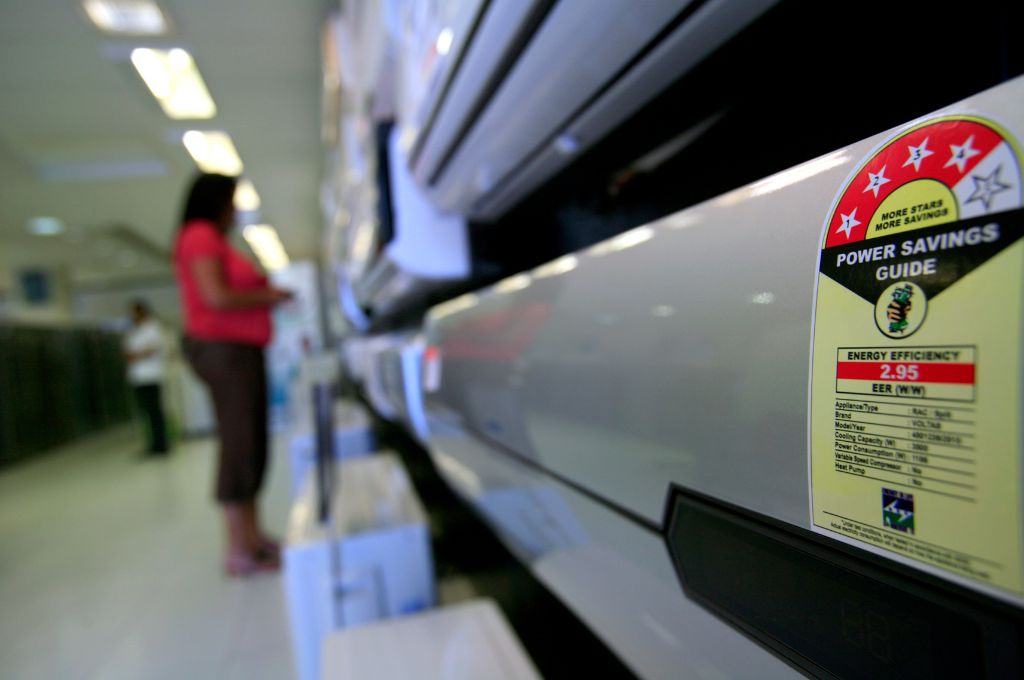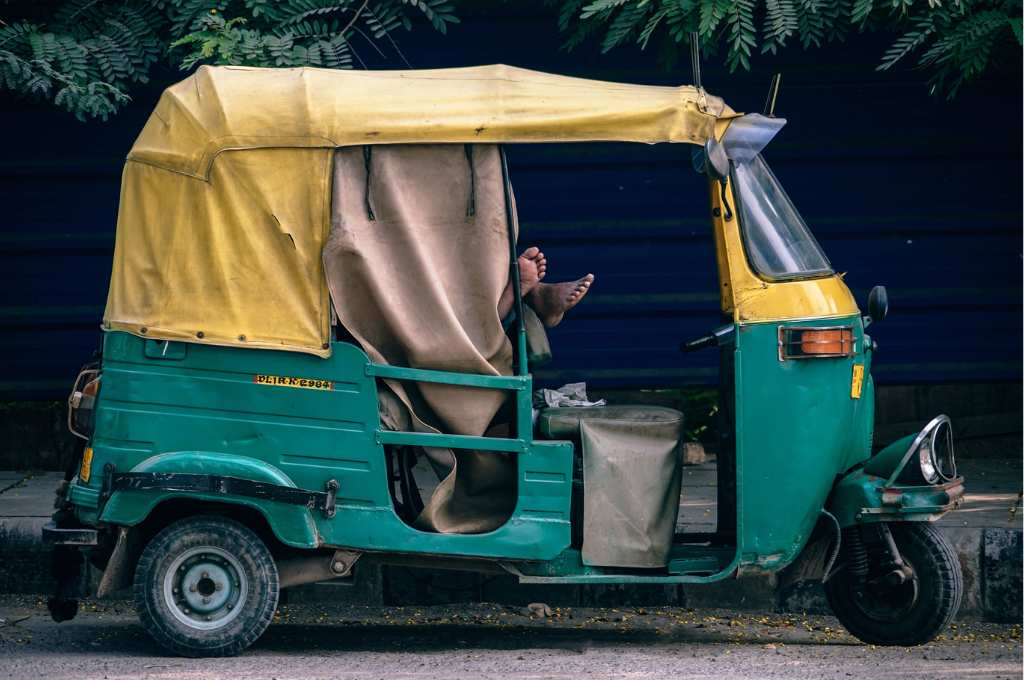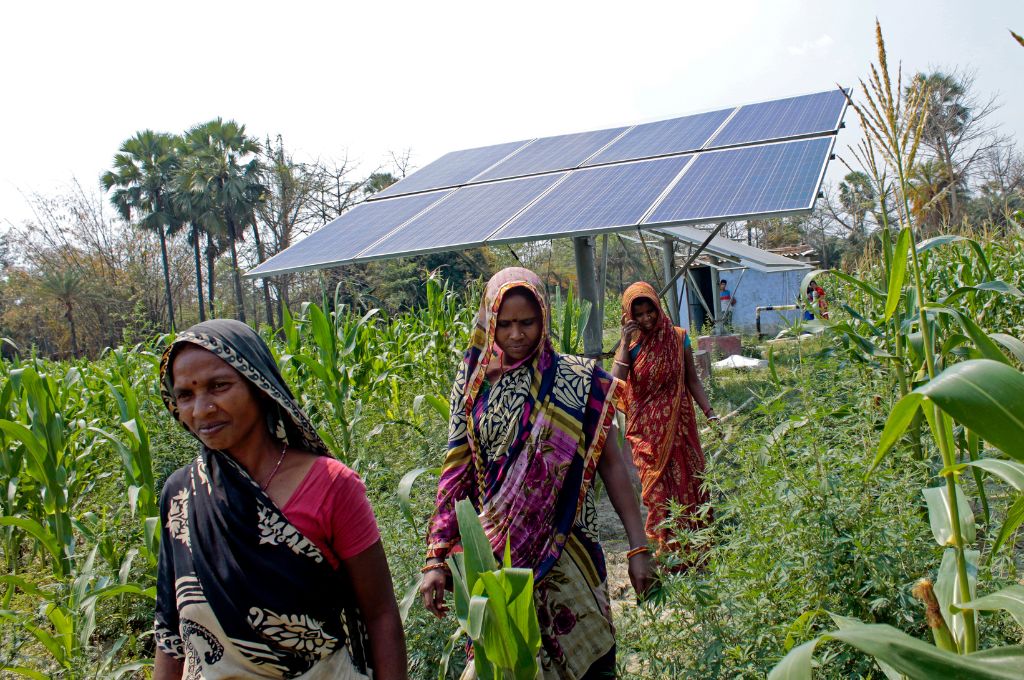In 2006, the Government of India introduced the Standards and Labeling (S&L) programme. As part of this initiative led by the Bureau of Energy Efficiency (BEE), a star-rating system was developed. As per the system, products are given a star-rating label based on their energy efficiency, that is, their ability to produce the required output while consuming less power. This label helps consumers make informed choices when buying appliances by showing how energy-efficient the product is and the potential energy savings it offers. The star rating ranges from one to five, with five star–rated products being the most energy-efficient. Today, star labels are a ubiquitous sight in Indian households.
Star ratings have the potential to influence consumer choice, provided that there is greater public awareness about their significance. Therefore, the BEE has also produced several videos that encourage consumers to buy five star–rated appliances to save on electricity bills.
But what do these energy-efficient appliances mean for India’s long-term energy goals?
India’s increasing energy demand
India is the world’s third-largest energy-consuming nation. While fans and lighting are the primary consumers of power in rural regions, air conditioners, refrigerators, and geysers account for a significant proportion of urban India’s power consumption.
India’s energy consumption has doubled in the last two decades.
Since 2000, rising incomes, improved standards of living, and urbanisation have been driving up the demand for energy-intensive products in the country. The country’s energy consumption has thus doubled in the last two decades. Current estimates indicate that India’s energy demand is expected to peak between 2021 and 2030, driven primarily by continuing economic expansion, population growth, and industrialisation. Among the key sectors contributing to this escalating energy demand, residential consumption plays a significant role. In 2020-21, it accounted for 26 percent of total electricity consumption, trailing only the industrial sector’s share of 41 percent.
As the energy consumption stemming from residential buildings is projected to increase by more than eight times by 2050, the need to devise energy-efficient strategies tailored to the residential sector becomes a paramount concern, crucial as this is for accommodating burgeoning demand as well as ensuring sustainable growth.
How can the energy labelling programme help India’s climate goals?
Energy efficiency labelling has emerged as a pivotal policy tool in India’s arsenal to address the mounting energy demand and deliver the country’s climate goals. India has a target of reducing 1 billion tons of CO2 by 2030. In 2021-22, the S&L programme led to a remarkable reduction in emissions—approximately 160 million tons, which is 16 percent of the annual national target.
In turn, the energy efficiency of appliances has translated into tangible benefits for consumers, such as reduced electricity bills. While the initial investment in efficient appliances might be relatively higher, this upfront cost is offset by the savings in electricity bills. In 2021-22, this resulted in savings amounting to approximately INR 94,000 crore.
Over time, the cost of the efficient appliances included in global S&L programmes has also declined at an annual rate of 2-3 percent, making them more affordable in comparison to less efficient appliances. This is further supplemented by savings in energy costs through reduction in electricity bills over the appliance’s lifespan, ultimately yielding a net benefit for consumers. A comprehensive analysis by CLASP on lifecycle costs—the costs associated with an appliance over its lifetime—demonstrates that opting for higher-efficiency appliances can lead to savings of up to 17 percent overall, effectively negating the slightly higher initial investment.
For example, purchasing a five star–labelled ceiling fan can result in up to 14 percent savings over the lifespan of the appliance as compared to a fan with a one-star rating. These savings accrue from reduced energy consumption, which translates into lower electricity bills. This makes buying a more energy-efficient fan a cost-effective choice for consumers in the long run.
Recent surveys also highlight a shifting consumer landscape, where energy cost savings become a pivotal determinant in purchasing decisions.

The need for a more cohesive energy efficiency plan
As India charts its trajectory toward an economically robust and environmentally sustainable future, harnessing the potential of energy-efficient appliances becomes critical. The overall efficiency improvement should be accelerated, and the market should move towards higher-efficiency appliances. This is not only crucial for consumers in the long run but also plays an important role in achieving broader sustainability and environmental goals. To realise these intended outcomes, the benefits of the S&L programme must be augmented through collaborative efforts involving governments, civil society, and industry stakeholders. The following recommendations outline key steps in that direction:
1. Strengthening states’ role in policy compliance
State-designated bodies are the nodal agencies that bear the responsibility of implementing the S&L programme. They oversee activities related to the monitoring, verification, and enforcement (MVE) of the programme. For example, they conduct market surveys to verify whether the products being sold are compliant with the programme. However, these agencies require capacity building assistance in order to be empowered to play a more robust role in implementing MVE activities. This would include training the inspectors on the methods of market surveillance, survey sample selection, analysis, and reporting. The inspectors should also be trained on the types and nature of non-compliance that could potentially exist in the market.
2. Crafting targeted consumer awareness strategies
At present, consumer awareness regarding the lifecycle costs of energy-efficient appliances is low. Therefore, they are likely to be hesitant about buying these products due to their upfront cost being greater. A concerted effort to make consumers more aware about the S&L programme and its implications will enable the adoption of highly efficient appliances. This effort must include tailored messaging that emphasises the monetary savings, societal advantages, and environmental benefits associated with the use of energy-efficient appliances. Several stakeholders—including the government, civil society, and consumer research groups—have a part to play in disseminating information regarding these products in a manner that is accessible to the average consumer.
There are lessons to be learned from other schemes, such as the UJALA programme. These lessons can be incorporated to improve consumer awareness about energy efficiency programmes. The programme successfully reduced the retail prices of energy-efficient LED bulbs from INR 300-350 to INR 70-80 per unit.
Working closely with retailers is another pathway to explore. They are a key point of contact for consumers and can influence their decisions in a major way. Collaborating with retailers could involve training them to understand the benefits of labelled appliances and promote the purchase of appliances with higher star ratings.
3. Fostering behavioural change
Recognising the pivotal role of individual behaviour in catalysing energy transitions, India’s Mission Lifestyle for Environment initiative can act as a facilitator for widespread behavioural change. Given that it promotes sustainable consumption choices, it can act as a key lever in encouraging consumers to conserve energy and purchase efficient appliances. For example, the installation of smart metres in households can provide people with information regarding their energy consumption patterns and help them positively alter their energy consumption. Additionally, automation technologies can further reinforce efficiency, such as using sensors to power down lighting when rooms are unoccupied.
However, governments must underpin these individual measures with a supportive policy framework that actively promotes efficient appliances and energy-saving practices. A key example is the AC @ 24 campaign by the BEE. It mandated that every air conditioner sold in India should have its default temperature set to 24°C. This means that when a newly purchased AC is switched on for the first time, it should begin cooling to 24°C. For every one degree rise in the AC temperature, up to 6 percent electricity can be saved.
4. Pioneering market transformation initiatives
While the S&L programme is the linchpin, a holistic approach is indispensable to accelerate the adoption of cost-efficient appliances. Providing financing for both the manufacture and purchase of energy-efficient equipment overcomes the barrier of the lack of capital by spreading the initial costs over time. Financial incentives for consumers, such as subsidies or rebates, reduce the upfront costs of highly efficient products, thereby addressing the cost barriers to the consumer.
India’s journey towards energy efficiency is one of strategic importance, not only in combating climate change but also in driving sustainable development. The S&L programme offers an illustration of what can be achieved when governments, civil society, and industry unite to shape a greener, more efficient future. As India strives to cement itself as a global climate leader, its success with the S&L programme demonstrates a tangible path that not only benefits its citizens but also paves the way for a harmonised global response to the climate crisis.
—
Know more
- Listen to this podcast on how energy efficiency can enable India’s net-zero pursuit.
- Read this article on India’s renewable energy landscape and what its needs are.






